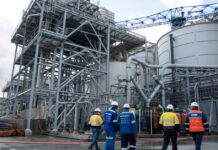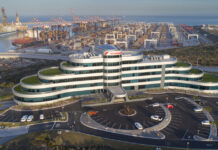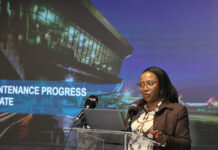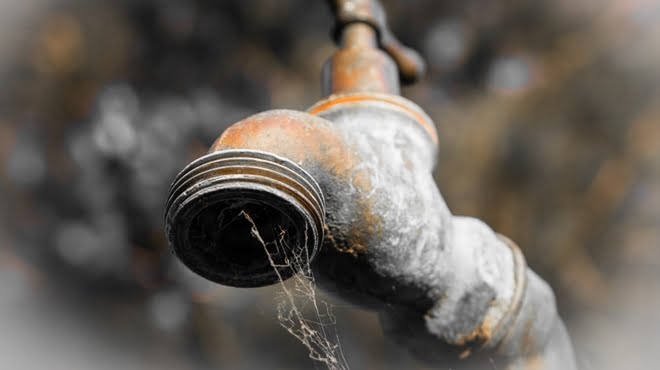It is not new that Gauteng metros, especially Joburg, are experiencing continuous and increasing water shedding for the past few years with the two massive outages last week in the Western and Northern regions of Joburg out of water for over a week. Whilst there is no clear explanation in my opinion from the utilities apart from blaming each other within the metro, their bulk supplier Rand Water and the weather, the clear trend to me is that the vulnerable bulk water and distribution systems are falling over due to relatively small issues amplified by decrepit assets.
Let’s have a look at what is really happening. Joburg’s population has increased by nearly 300% in three decades from 2,3 million in 1994 to 6,3 million in 2024. This would mean in simple terms that water reservoirs would have to have increased their 48 hour storage capacity by 300% also which is clearly not the case. If this had been done as is the norm in managing cities and their rapid growth trajectories, Joburg would easily overcome the routine outages as few should last more than a day if its a serious one. The bulk and distribution pipelines have also not kept up with the 300% growth in demand resulting in weak supply to many areas. The other big factor driving outages is Non-Revenue Water reported at just below 50% for Gauteng. This indicates that the physical losses are very high in a decrepit water distribution system further reducing its ability to supply the reservoirs with adequate volumes of water, even with the inadequate water storage, so the city simply never catches up after the major outages as we currently experience. These water distribution systems are designed to be wet and under pressure all the time, when continuous outages happen the system drains and when recharging it with water the inadequately maintained air release valves fails and water hammer stresses the system causing more major pipe bursts and outages, its a never ending downward spiral that requires significant funding and the best water skills to resolve.
Joburg just reported that it is owed just short of R30 billion from its water customers, this is around two years of water sales or a two year debtor age. This is another sign of a collapsed utility within the metro with no apparent ability to bill and collect water revenue. How can the city now raise the R25bn required to fix the distribution systems and additional funding to implement more reservoirs and pump stations when its technically out of cash? This also explains why the distribution assets have not been maintained.
All water systems have lightning protection, especially on the Highveld that has one of the highest lightening strike densities in the world, so its nothing new for us and we design and should maintain accordingly. So why is lightning now blamed for the Eikenhof pump station electrical outage? The Joburg mayor also blamed his electricity utility for the outage as it’s City Power that supplies the pump station and the substation was hit by lightening. It is good engineering practice to not only design, install and maintain lightening protection, but to also have the required redundancy with standby systems to back up the ones affected. So from substation to control panels and SCADA systems. Why have the Joburg ones all failed?
The unfortunate truth here is that we are experiencing three decades of inadequate asset management and credit control resulting in little if any water security that any functional economy requires. Time to smell the roses!
Whereto now:
- Ensure that debtors days are reduced to less than 45 days, so revenue management and credit control. Once the revenue is stabilised the next steps can be embarked upon as they require serious funding.
- Recruit, appoint and contract the required technical, scientific, engineering and management skills.
- Develop a 10, 20 and 30 year water strategy so as to determine the options going forward and solicit wide stakeholder buy in and support.
- Solicit public-private sector participation as the private sector will have co-fund the required R25 billion just for the water distribution system rejuvenation and probably as much for the additional reservoir and pump stations required to install the 48 hours storage volumes.
- Create a depoliticised environment to let the civil service operate unimpeded by politics.















